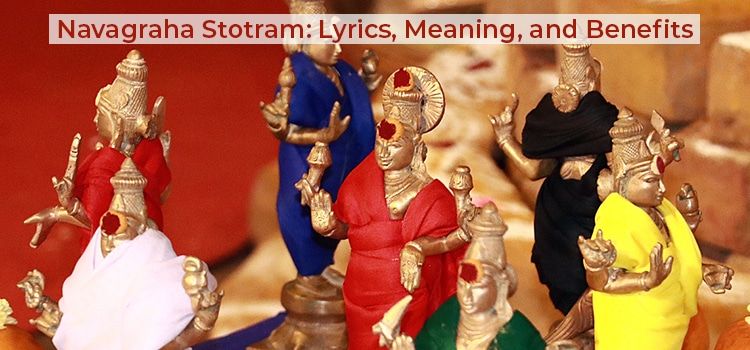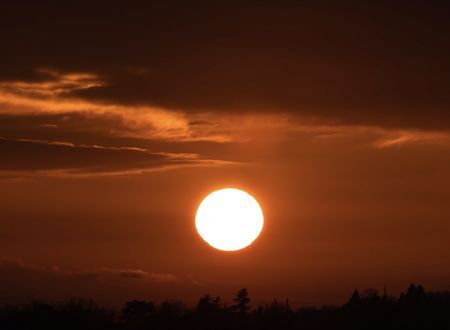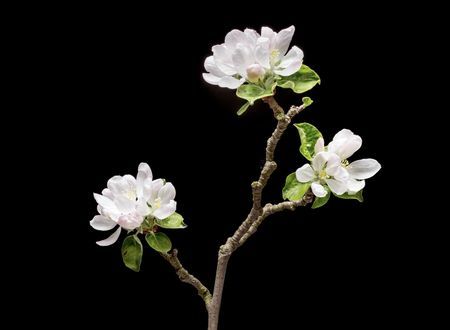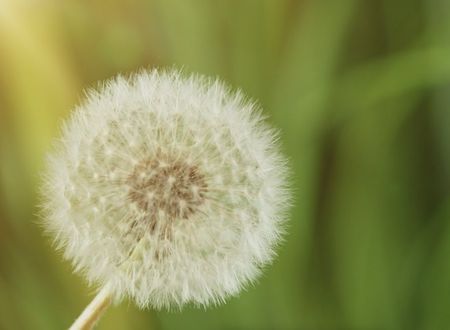Vedic astrology predicts our destiny based on the position of the stars and planets in our natal charts. Many Hindus consult an astrologer before embarking on any important matter or when they are facing some problems. The astrologer will give them the answers they seek and also suggest remedial measures for their problems. Such measures often include performing Pooja to a specific planet. Sometimes, they also suggest that a Navagraha Pooja be done as this can appease all the 9 planets and bring their blessings.
Vedic astrology does not talk of planets but ‘Grahas.’ Graha is a Sanskrit word that means ‘that which holds or grabs’. David Frawley, in “Astrology of the Seers” writes that planets gather in and give out forces. In this manner, they transmit energy that is needed to maintain the order of the solar system.
This energy, according to Frawley, can influence the quality of the time periods in which we live. That is, the planets influence each chapter of our lives. So the word, Grahas, is apt because planets do seem to take hold of our lives.
Vedic astrology talks about nine grahas or the Navagrahas. They are – Sun (Surya), Moon (Chandra), Mars (Mangala), Mercury (Budha), Jupiter (Brihaspati), Venus (Shukra), Saturn (Shani), Rahu (north lunar node), and Ketu (south lunar node). These Navagrahas wield considerable power over our lives, impacting them for better or worse.
Navagraha Stotram is a hymn that was composed by Sage Vyasa. It praises the Navagrahas. The main part of the hymn has 9 stanzas. Each stanza is dedicated to a particular Graha. The lyrics explain the appearance of the Navagrahas and their lineage as well as divine attributes.
Vyasa mentions the benefits of chanting this Navagraha Stotram in the Phalastuti part, where it claims that one can avoid the troubles caused by the planets and stars and also gain good wealth and fortune.
Lyrics and Meaning of Navagraha Stotram
Japakusuma samkasam kasyapeyam mahdyutim
Tamorim sarva papagnam pranatosmi divakaram (1)
The one who is red in color like the hibiscus flower, who is born in the Kashyapa lineage, O the brightest one.
The remover of darkness, the destroyer of sins, Lord Diwakara (another name of Sun god), I prostrate to you.
Dadhi sankha tusharambham Ksheerodarnava sambhavam
Namami sasinam Somam Shambhormukuta Bhushanam (2)
The one who shines in the white color like that of curd or conch or snow, who is born from the Milky Ocean (Ksheerasagara).
I bow to you Chandra (Moon), who has a hare symbol on him, the one who is present as the ornament on the crown of the God Shiva.
Dharani-garbha sambhutam vidyutkanti samaprabham
Kumaram shakthihastam tham Mangalam pranamamyaham (3)
O, the one who is born to the Earth, who radiates like the brilliance of a thunderbolt.
The son (of the earth), who has the divine powers in his hands, I prostrate to you, Lord Kuja (Mangala).
Priyangu kalika-syamam rupenaa-pratimam Bhudham
Sowmyam sowmyagunopetam tham Budham pranamamyaham (4)
Present in the green color resembling the bud of the Kadamba tree, O the Lord Budha with unequaled body.
Who is gentle, filled with divine attributes, I prostrate to you, Lord Budha.
Devanam cha Rushinamcha Gurum Kamchana sannibham
Buddhibhutam trilokesam tham namami Bruhaspatim (5)
The Guru of the Devas and Rishis, who shines like that of gold.
The intellectual one, Lord (Guru) to the three Lokas, I bow to you, Lord Brihaspati.
Hima kumda mrunalabham daityaanam paramam Gurum
Sarva-sastra pravaktaram Bharghavam pranamamyaham (6)
The one who is compared to the attributes like snow, jasmine, and the stem of the lotus (Mrunala), who is the best or superior Guru to the Daityas.
An expert in all the Sastras, O Bhargava/Sukra (another name of Sukracharya), I prostrate before you.
Neelanjana samabhasam Raviputram Yamaagrajam
Chaya-martanda sambhutam tham namami Shanaischaram (7)
Shining in the color of black traditional kajal, the son the Ravi (Surya) and the brother of Yama.
Who is born to Chayadevi and Marthanda Surya, I bow to that Lord Shanischara(Shani).
Ardhakayam mahaveeryam chandraditya vimardhanam
Simhika-garbha sambhutam tham Rahum pranamaamyaham (8)
The one with the half body, full of valor (signifying the dominance), the one who obstructs and opposes the Sun and Moon.
Who is born as the son of Simhika (sister of the Hiranyakashipa), I prostrate before you, Lord Rahu.
Palasha pushpa samkasam tarakaagraha mastakam
Raudram raudratmakam ghoram tham Ketum pranamamyaham (9)
Shining in the color of Palasha flowers (flowers of the ‘flame of forest’ tree), who acts like head to the stars and planets.
Who is furious, full of furious aspects, terrifying (to the wicked people), O Lord Ketu, I prostrate before you.
Phalastuti – Benefits of Chanting the Stotram
Ithi Vyasa mukhod-geetam yah pathet-susamahitaha
Divaa va yadi va ratrau vighna santir bhavishyathi
Reciting this stotram written by Vyasa will give the sovereign and makes them powerful.
Also, they will succeed in the obstacles or troubles that occur either during the daytime or the night.
Naranaaree nrupanam cha bhavedduhu Swapna nasanam
Aishwarya matulam teshamarogyam pushtivardhanam
Also, for the ones who chant this stotram, either the men, women, or kings will be saved from the effects of bad dreams.
Those will also be granted with unparalleled wealth, good health, and nourishment.
Graha-nakshatrajaha peedah taskaraagni samudbhavaha
Taah sarwaaha prasamam yamti vyaso brute na samsayaha
Those who chant will also be saved from the troubles caused by planets and the stars and also from the troubles of thieves or fire.
There should be no doubt (Samsaya) about these entire words of Vyasa.
Ithi Shri Vyasa virachitham Navagraha stotram sampoornam
Thus, ends the Navagraha Stotram (Hymns of praise to the Navagrahas) composed by Shri Vyasa.
Apart from chanting this Stotram, one can also visit a Navagraha Temple and perform Navagraha Temple Pooja if one is facing adverse effects of the planets.









Comments & Discussion
3 COMMENTS
Please login to read members' comments and participate in the discussion.